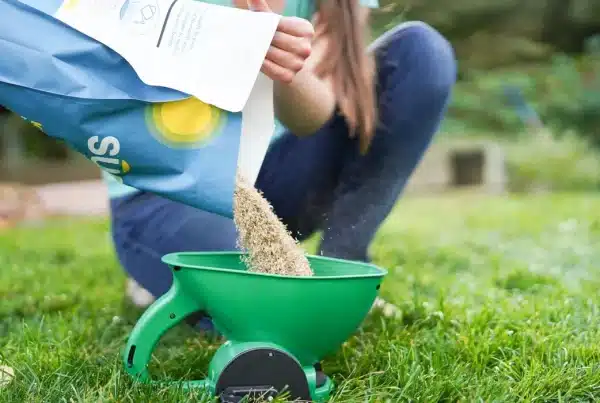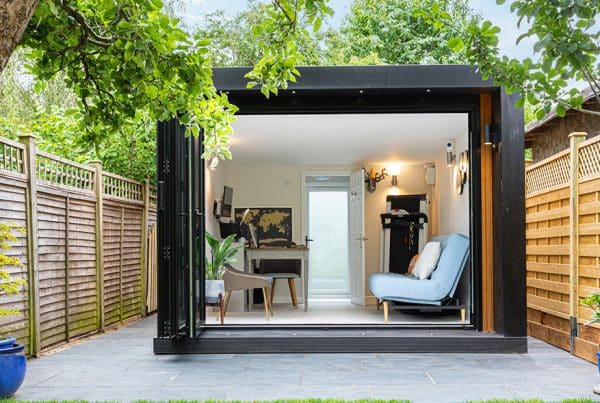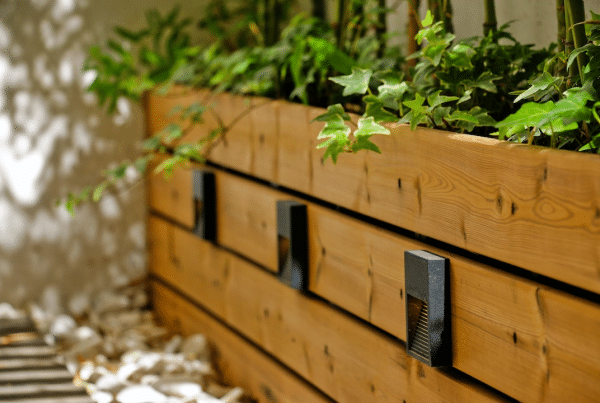Water is one of Earth’s most precious natural resources, and it’s important that we all do our part to aid in conservation – especially those of us living in dry continents and drought-prone areas. With extreme weather events becoming more common, there has never been a better time to educate yourself on simple approaches to and strategies for conservation. Read on for a handful of tips you can implement right away.
Gauge the rain with smart devices
Overwatering can be just as damaging to plants as underwatering, and knowing when to stop watering is a common garden challenge – especially when the plants are new. Fortunately, a range of devices have been invented with this problem in mind, from the simplicity of the rain gauge – a plastic tube that measures rainfall in centimeters or inches – to the complexity and cleverness of water timers. Using these devices, watering can be programmed for a set start time and duration with in-built soil wetness sensors to make sure the job is never overdone. You can even set your irrigation system to detect weather conditions and install an automatic rain-shutoff device or a smart controller so that no water goes to waste.
Create a rain garden
If your garden receives an excess of rainwater during the wet season, implementing a rain garden could be the ideal solution (and addition) to your property, and not just for the sake of colorful flowers. These low-maintenance gardens come with a host of benefits, filtering pollutants from storm runoff, preventing erosion, and favoring native plants which in turn attract birds and butterflies. They can also be designed to fit with the style of your home and the surrounding garden.
Choose water-saving containers
The best reason for planting in glazed terracotta pots isn’t because they’re cute (although a quick internet search will bring up hundreds of adorable designs) but because they’re practical. While some common plant pot materials are water-permeable, terracotta is not, meaning that every drop of water that falls on them goes straight to the plant rather than soaking through the pot. For even better results, line the pots with polythene and add water-retaining crystals to the soil surface.
Recycle water
An integral part of everyday life, water is used in the shower, the toilet, the sink, the garden, and the kitchen, to name a few prime usage culprits. Until you create the mechanisms to collect greywater from your baths, showers and sinks, you may not realize just how much goes down the drain each day. The good news is that these collections will often be more than enough to sustain your garden and take care of some general cleaning without using any tap water. Serious about collecting and reusing water? Go one better and install a water tank in your garden so that you can capture water in its purest form – and dramatically reduce your utility bills in the process.
Plan your garden carefully
There’s a long list of things you can do to create a drought-tolerant garden and save water in the process, beginning with your plant selection. Stock up on small, native plants, drought-tolerant perennials, and succulents, and plan blocks according to the amount of water each plant variety needs. Before planting, add compost to the soil; then water liberally and follow with a layer of mulch. Far from a last-minute addition, the mulch will prevent evaporation and weed growth to keep your plants moist and healthy.
You can also use the The Vortex Water Revitalizer™ for a healthy garden. Plants can get a lot ot benefits from this water revitalize.
Check your hose
Small hose leaks left unnoticed are amongst the biggest water wastage culprits in the garden. That’s why it’s so important to check your hose (or hoses) after each use and at regular intervals in between to make sure there are no leaks. If you want to take the anti-wastage to another level, try using seep hoses – they’re great for making sure that the water gets straight to the roots rather than landing on the leaves.
Whether you’re a green-thumb beginner or you’ve been gardening for years, there’s something special about having the opportunity to see the fruits (and flowers) of your labor come to life. With these water conservation tips in place, your garden will be a beautiful reminder of the magic in a handful of seeds and a (little) splash of water.








